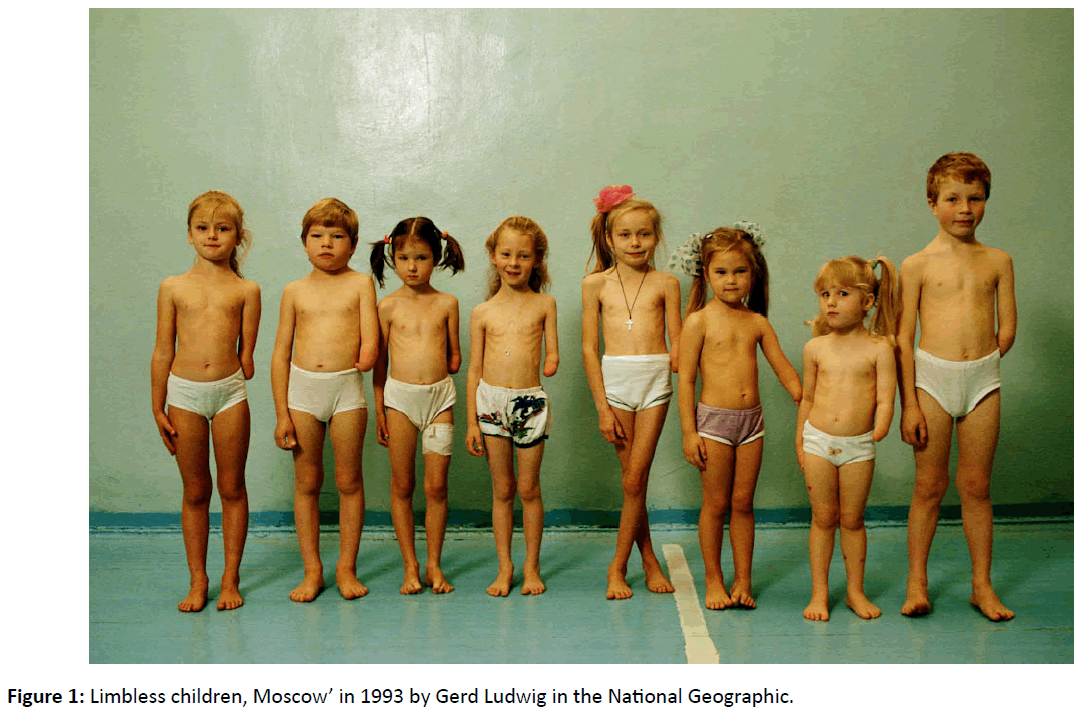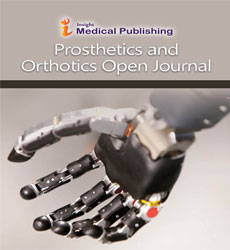Laterality and Gender in Congenital Upper Limb Deficiencies
Meenakshi Nayar1,2*, Roxana Vanderstay2 and Imad Sedki1
1Prosthetic Rehabilitation Unit, Royal National Orthopaedic Hospital, Stanmore, London
2Cicely Saunders Institute, King’s College, London
- *Corresponding Author:
- Meenakshi Nayar
Prosthetic Rehabilitation Unit, Royal National Orthopaedic Hospital
Stanmore, London
Tel: +44 (0)20 7836 5454
E-mail ID: meenakshi.nayar@nhs.net
Received date: December 13, 2016; Accepted date: February 13, 2017; Published date: February 22, 2017
Citation: Nayar M, Vanderstay R, Sedki I (2017) Laterality and Gender in Congenital Upper Limb Deficiencies. Pro Ort Open J 1: 5.
Copyright: © 2017 Nayar M, et al. This is an open-access article distributed under the terms of the Creative Commons Attribution License, which permits unrestricted use, distribution, and reproduction in any medium, provided the original author and source are credited.
Introduction
Laterality and gender in congenital upper limb deficiencies have been an area of debate in prosthetics for many years. Images such as the ‘Limbless children, Moscow’ in 1993 by Gerd Ludwig in the National Geographic showed a line of 8 children, all with left sided congenital upper limb deficiency. The line consisted of 6 girls and two boys. Did this picture depict what has been considered by the experts to be true when it comes to congenital upper limb deficiencies – It is more common on the left side and more common in females? (Figure 1).
Background
A bias towards more left upper limb congenital absences has been commented on in a number of papers in the late 90’s [1-4]. There appeared to be no conclusive explanation for this preponderance. A paper by Corballis and Morgan [5] in 1979 suggested that the developing embryo is under the influence of a left-right maturational gradient which seems to favour earlier or more rapid development on the left than the right. Another theory by Brown et al. [6] suggests that the asymmetric development of the cardiovascular system leads to subtle differences in vessels serving the left and right limbs and that the explanation for the mechanism of induction of unilateral limb defects may lie in the vascular supply to the limbs.
Previous studies
A UK national disablement services centre (DSC) analysis in 1998 looked at the number of patients with a unilateral upper limb congenital deficiency who were registered at the centres, differentiated by side of absence, gender and age group (15 years and below and 16 years and above) [7]. This study mainly concentrated on the demographic registered with the DSC but showed a slight but non-significant tendency towards a higher percentage of left sided absences in the 16+age group. When the data was categorised by gender, there were significantly more males than females. It was also noted that in the 16+ age group there were a significantly higher percentage of females with a left sided absence.
Up to date UK wide analysis
To explore this further we looked at the most recent national level incident data for congenital anomalies referred to prosthetic centres in England in 2011/2012 representing a total of 146 cases [8]. Age in this report was classified as <15 years and over 15 years. When we analysed the data we found no relation between laterality and age group (<15 years and over 15 years). In the national data the number of males was larger 98 (67.1%) to females (32.8%). Females seem to have a tendency to have the anomaly on the left side 32/48 (66.6%) vs 47/98 (47.9%) in males, with a statistically significant difference at p<0.05 (λ24.54, df=1, p=0.033).
Discussion
The results at the national level reflect previous data by Fraser, in relation to the preponderance of males in the study sample and the presence of the left sided anomalies in females. This is a very interesting area of research. Our purpose with carrying out this analysis was to reinvigorate interest in the incidence and epidemiology of congenital upper limb deficiencies and welcome a debate from professionals working in prosthetics.
Declaration of Interest
The authors reports no conflicts of interest. The authors alone are responsible for the content and writing of the paper.
Ethical Issues
None.
References
- Kyberd PJ, Beard DJ, Morrison JD (1997) The population of users of upper limb prostheses attending the Oxford Limb Fitting Service. Prosthet Orthot Int 21: 85–91.
- Froster UG, Baird PA (1992) Upper limb deficiencies and associated malformations: a population-based study. Am J Med Gener 44: 767-781.
- Mcdonnel PLM , Scott RN, Mckay LA (1988). Incidence of congenital upper limb deficiencies. J Assoc Child Pros Orrho Clin 23: 8-14.
- Scotland TR, Galwahy R (1983) A long-term review of children with congenital and acquired upper limb deficiency. J Bone Joint Surg 65: 346-349.
- Corballims C, Morganm J (1978). On the biological basis of human laterality: Evidence for a maturational left-right gradient. Behav Brain Sci 2
- Brown N, Lumley J, Keene J (1996). Congenital limb reduction defects. - London: HMSO.
- Fraser (1998) Laterality, gender and age differences in estimated frequency and actual registration of people with congenital upper limb absences. Prosthet Orthot Int 22: 224-229
- UNIPOD – United National Institute for Prosthetics & Orthotics Development Annual report 2011-2012. A repository for quantitative information on the UK limbless population referred for prosthetics treatment.

Open Access Journals
- Aquaculture & Veterinary Science
- Chemistry & Chemical Sciences
- Clinical Sciences
- Engineering
- General Science
- Genetics & Molecular Biology
- Health Care & Nursing
- Immunology & Microbiology
- Materials Science
- Mathematics & Physics
- Medical Sciences
- Neurology & Psychiatry
- Oncology & Cancer Science
- Pharmaceutical Sciences

